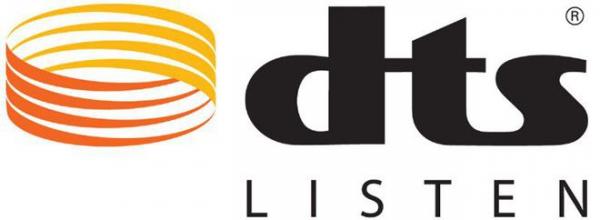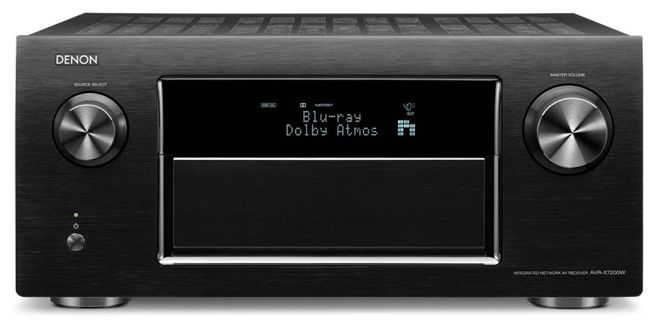DTS:X to arrive on AV receivers later this year

DTS has finally unveiled further details about DTS:X, its object-based, 'multi-dimensional' audio technology that is following hot on the heels of Dolby Atmos. The company has indicated that DTS:X-capable AV receivers from Onkyo, Pioneer and Yamaha will be available by the Autumn of 2015 (as will high-end processors from Steinway Lyngdorf, Theta and Trinnov), and that Denon's AVR-X7200W (pictured below) and Marantz's AV8802 will be DTS:X'd via a firmware upgrade 'later' this year. More brands and model numbers will be announced in due course.
In its official announcement, DTS claims that DTS:X 'replicates a real-world sound environment that transports the audience into a new dimension of sound immersion by delivering truly captivating entertainment experiences in the cinema and at home.'
Intriguingly, DTS says its new format is not tied to prescribed speaker configurations or a specific number of audio channels. You can put your speakers 'virtually anywhere', it says, within a hemispherical layout. This allows for a flexible speaker configuration – and should also mean compatibility with existing Atmos layouts.
The foundation of DTS:X is MDA (Multi-Dimensional Audio), the company's fee-free, open content creation platform. 'MDA gives movie studios unprecedented control over the specific placement, movement and volume of sound objects [and] enables sound engineers to "mix once" for both immersive and conventional cinemas in a combined object- and channel-based audio format.'

For home cinema heads, DTS has firmed up some details. Firstly, DTS:X is backwards compatible with DTS-HD Master Audio (a DTS:X disc will still play through a legacy AVR), and will 'spatially reformat' soundmixes, be they stereo, 5.1 or 7.1, to fit all the speakers in a surround sound system – DTS:X AVRs will support an 11.2-channel output.
AVR owners will be able to control the volume of specific audio elements at home, says DTS, if content creators choose to implement the feature in the soundmix. This could include increasing the volume of dialogue (treated as an object) to suit.
As for software, DTS says it is currently working with 'several major studios and mixing stages' in Los Angeles and beyond that are 'evaluating' DTS:X. Content announcements will be made by the studios when ready. What this means in terms of home cinema is: don't expect DTS:X Blu-ray platters to arrive any time soon.
 |
Home Cinema Choice #351 is on sale now, featuring: Samsung S95D flagship OLED TV; Ascendo loudspeakers; Pioneer VSA-LX805 AV receiver; UST projector roundup; 2024’s summer movies; Conan 4K; and more
|







































